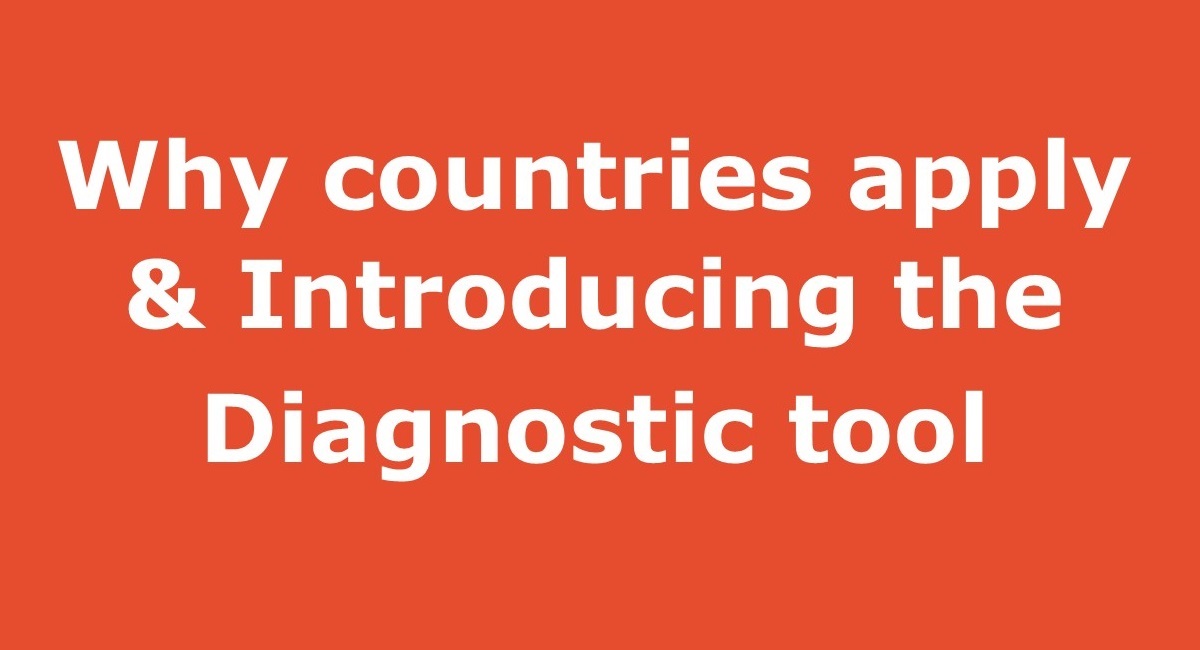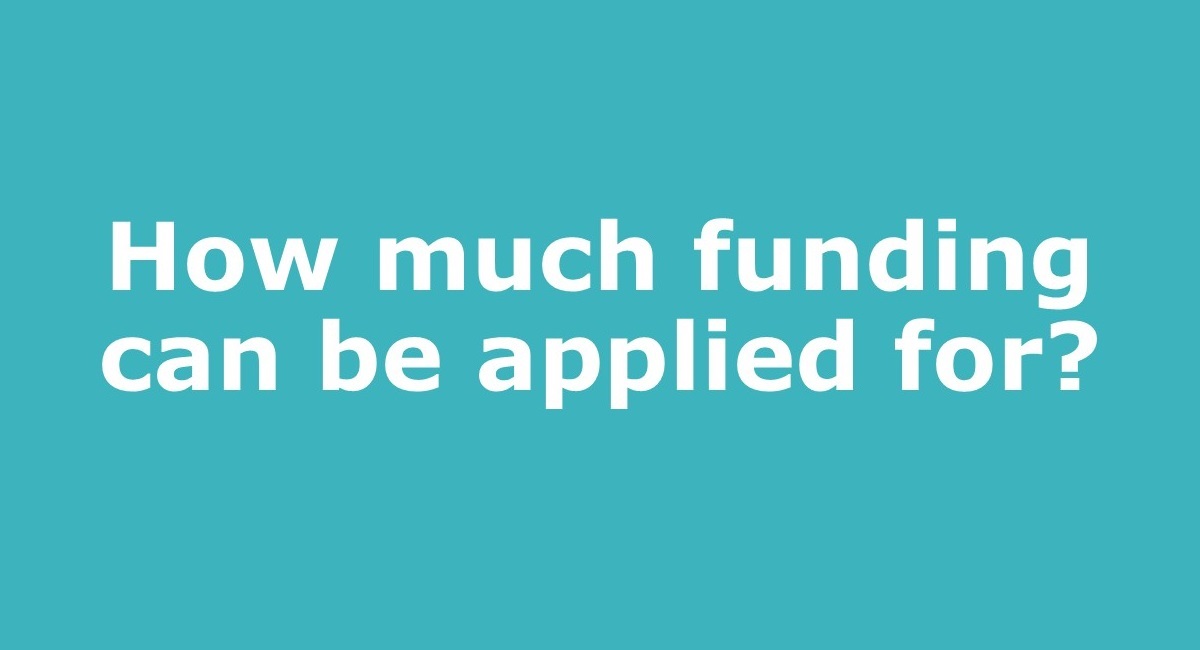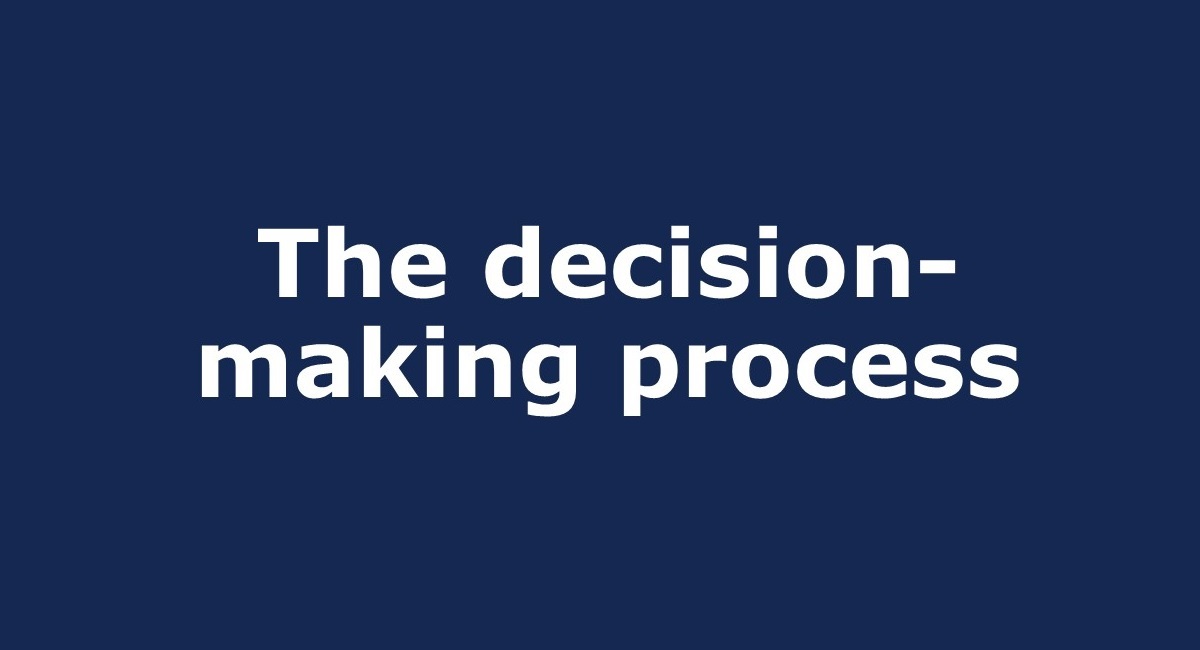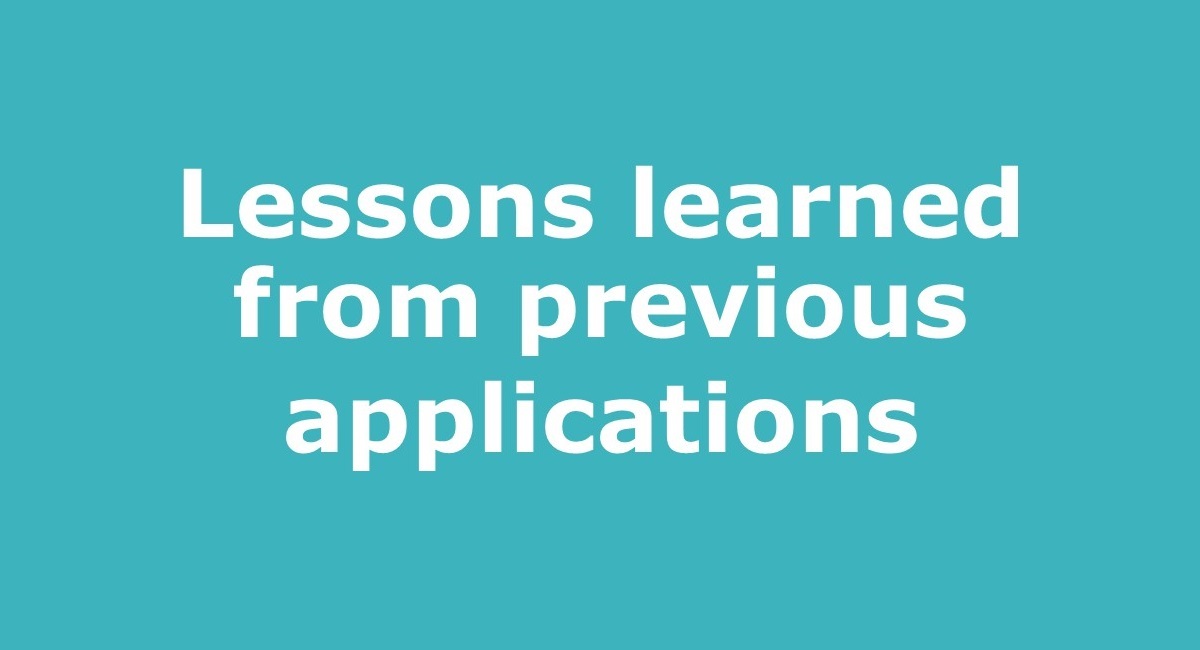Lessons learned from previous applications
Below is advice collected from past applicants and FAO/WHO officers involved in the application process. There is also a list of elements of strong applications and elements of weak applications, which may help in your project design.
Lessons from countries
- Ensure project impact is sustainable by designing the project with durable results in mind.
CTF2 seeks to support projects that will signal a step change in national Codex structures and in the quality of countries’ participation in Codex. Durability of project impact is key. CTF guidance documents can be used, advice is available from FAO/WHO food safety officers and from Codex Member Countries who are taking a role in partnering and mentoring with project countries. - It is important to clearly identify the priority weaknesses of Codex structures in countries and to apply for CTF2 support on the basis of that diagnosis.
The Codex Diagnostic Tool is available to help identify strengths and weaknesses in national Codex structures. - It is important to secure political and economic support for Codex at a national level.
A lack of political engagement with or awareness of Codex at a political level is a key priority weakness for many countries. In these cases, activities to address this weakness are crucial for sustainable impact of the projects. A number of project countries have developed experience in securing commitment to Codex activities from policy and decision-makers and they are sharing their experiences with other eligible countries as well as the wider Codex community so that others may benefit from what they have learned. - Peer-to-peer learning and twinning activities are particularly beneficial.
A number of projects now elaborate activities around ‘study trips’ to countries with well-developed Codex structures and/or ‘twinning trips’ to countries that have greater Codex experience. These trips provide learning opportunities – from training in scientific practices to assistance in developing key Codex tools and practices. They are also opportunities to seek advice and establish relationships that can be invaluable in carrying out Codex work at regional and global levels. - Effective participation in Codex must include active participation in relevant Codex committees.
Countries that do not have a lot of Codex experience need to learn how to identify priority Codex committees in which it will be important to participate. Active participation in these committees is key and countries may need to learn about the work of the committees, submitting proposals, developing positions and negotiating those positions. Several of the countries supported by CTF have activities in their projects where physical and electronic participation in Codex committees and working groups is linked to different kinds of capacity-building to ensure that this participation is effective. Training takes place in countries or groups of countries for those who will be participating in priority meetings. - Understanding, using and collecting data can be a challenge.
The scientific basis of Codex standards is the foundation for all Codex standards. Countries need to understand where the science evidence comes from, how to access and use the evidence from the joint FAO/WHO expert committees, and how to generate scientific evidence through data collection on areas that are a priority for the country. It is important, too, to understand how those data can be fed into the Codex process. This is a step-by-step process of building understanding and capacity that some countries may include in their CTF project where appropriate. Activities in this area can help to engage and raise awareness with stakeholders (laboratories, research centres, universities), encourage research on areas of priority to a country, uncover data that can be used for Codex work and help prepare national experts to participate in Codex meetings as part of their national delegations. This will go a long way in supporting the national Codex committee and Codex scientific bodies in their work.
Elements of strong applications
- Multi-sectoral input to application development (Agriculture, Health, Trade, etc.)
- Good use of Codex Diagnostic Tool with clarity on weaknesses that need to be addressed
- Well-structured, clear activities (to address weaknesses), outputs, outcomes
- Choice of activities/support are within the scope of the Codex Trust Fund
- Balanced blend of activities focusing on strengthening the national Codex programme
- Clear budget, good use of funds, presence of co-funding
- Clear links between the CTF project and broader food safety capacity-building activities at country level (how the CTF project contributes to broader food safety goals of the country)
Elements of weakness in applications
- Weak results chain (link between activities, outputs, outcomes to reach the stated goal)
- Codex Diagnostic Tool findings not well integrated (activities should aim to address the weaknesses found; they should not be unrelated to the results of the tool)
- Weak blend of activities to address the identified gaps (e.g. one single approach rather than a good mix of activities, too many workshops, multitude of NCC meetings, too many physical participations with no clear link to other Codex capacity development, too much focus on translation of Codex texts with no clear linkage to the priorities of the country)
- Too many disconnected activities that do not reinforce the overall goal
- Difficult to see how results will be achieved
- Incomplete sections
Resources
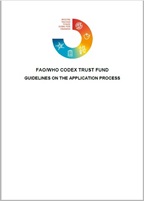
The application process will be formally opened by the Codex Trust Fund Secretariat with a “Call for Applications” that will be posted on the Codex Trust...
The purpose of this Codex Diagnostic Tool is to provide a framework for countries to carry out a self-assessment of the current status of the national...

